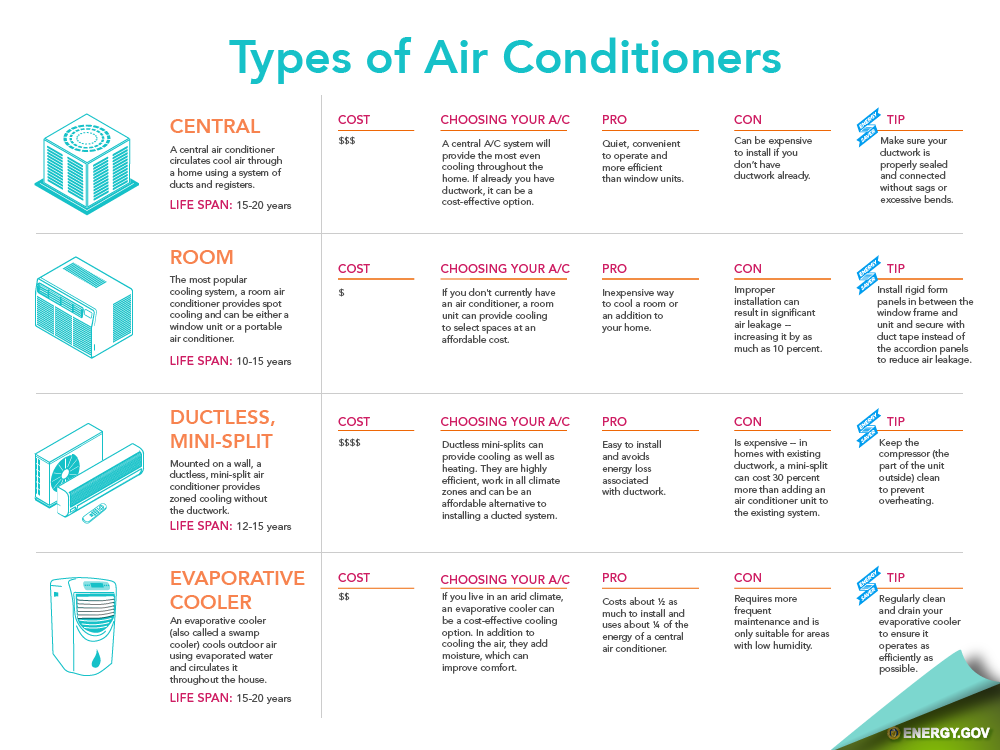The Ultimate Guide To Comprehending Heat Pumps - Just How Do They Work?
The Ultimate Guide To Comprehending Heat Pumps - Just How Do They Work?
Blog Article
Content By-Neergaard Dickson
The most effective heat pumps can conserve you substantial amounts of money on energy expenses. They can additionally help in reducing greenhouse gas emissions, specifically if you make use of electrical energy in place of fossil fuels like lp and home heating oil or electric-resistance heaters.
Heat pumps work very much the same as air conditioning unit do. https://climate-control-unit67777.blogacep.com/34496065/the-clear-cut-overview-to-picking-the-right-dimension-heatpump-for-your-home makes them a viable option to typical electric home heater.
Just how They Function
Heat pumps cool down homes in the summer and, with a little aid from electrical energy or natural gas, they give some of your home's home heating in the winter months. They're an excellent alternative for individuals who wish to decrease their use of nonrenewable fuel sources yet aren't all set to replace their existing heating system and cooling system.
They count on the physical reality that also in air that seems also chilly, there's still energy present: warm air is always relocating, and it intends to move into cooler, lower-pressure atmospheres like your home.
Many power celebrity accredited heat pumps run at close to their heating or cooling capability throughout most of the year, lessening on/off cycling and conserving energy. For https://www.tampabay.com/sponsored/2020/02/28/dont-wait-for-a-breakdown-to-replace-an-aging-air-conditioner/ , focus on systems with a high SEER and HSPF score.
The Compressor
The heart of the heat pump is the compressor, which is additionally called an air compressor. This mechanical flowing tool makes use of prospective power from power creation to raise the stress of a gas by minimizing its volume. It is different from a pump because it only works on gases and can not deal with fluids, as pumps do.
Climatic air gets in the compressor through an inlet shutoff. It circumnavigates vane-mounted arms with self-adjusting length that split the inside of the compressor, producing numerous cavities of differing size. The blades's spin forces these cavities to move in and out of phase with each other, pressing the air.
The compressor pulls in the low-temperature, high-pressure refrigerant vapor from the evaporator and presses it right into the warm, pressurized state of a gas. This procedure is repeated as needed to provide home heating or cooling as required. The compressor additionally consists of a desuperheater coil that recycles the waste warmth and adds superheat to the cooling agent, transforming it from its fluid to vapor state.
The Evaporator
The evaporator in heat pumps does the same point as it performs in fridges and ac unit, changing fluid refrigerant right into an aeriform vapor that gets rid of heat from the area. Heat pump systems would certainly not work without this critical tool.
This part of the system lies inside your home or building in an interior air trainer, which can be either a ducted or ductless system. It includes an evaporator coil and the compressor that compresses the low-pressure vapor from the evaporator to high pressure gas.
Heat pumps soak up ambient warmth from the air, and after that use electrical power to transfer that heat to a home or service in heating mode. That makes them a whole lot more power efficient than electric heaters or heaters, and since they're making use of tidy electrical energy from the grid (and not burning gas), they likewise produce far less discharges. That's why heatpump are such excellent environmental choices. (In addition to a massive reason they're ending up being so preferred.).
The Thermostat.
Heat pumps are terrific alternatives for homes in cold climates, and you can use them in combination with standard duct-based systems or perhaps go ductless. They're a wonderful alternative to fossil fuel heating systems or standard electric heating systems, and they're much more sustainable than oil, gas or nuclear HVAC tools.
Your thermostat is the most essential part of your heat pump system, and it functions extremely in different ways than a traditional thermostat. All mechanical thermostats (all non-electronic ones) job by utilizing substances that alter dimension with boosting temperature level, like coiled bimetallic strips or the expanding wax in a cars and truck radiator valve.
These strips contain 2 different sorts of metal, and they're bolted with each other to develop a bridge that completes an electrical circuit attached to your cooling and heating system. As the strip gets warmer, one side of the bridge broadens faster than the other, which causes it to flex and indicate that the heater is required. When the heatpump is in heating mode, the reversing valve turns around the flow of cooling agent, so that the outdoors coil currently works as an evaporator and the interior cylinder becomes a condenser.